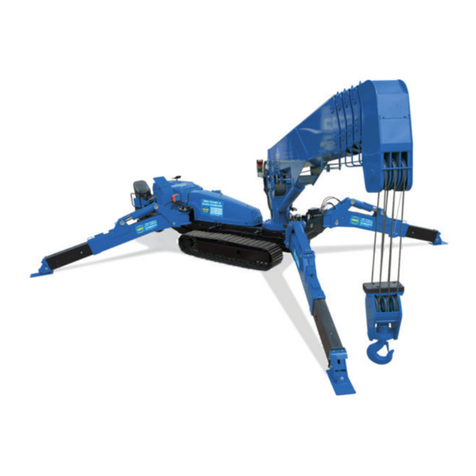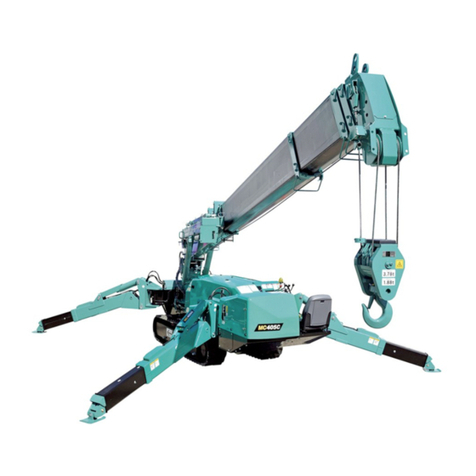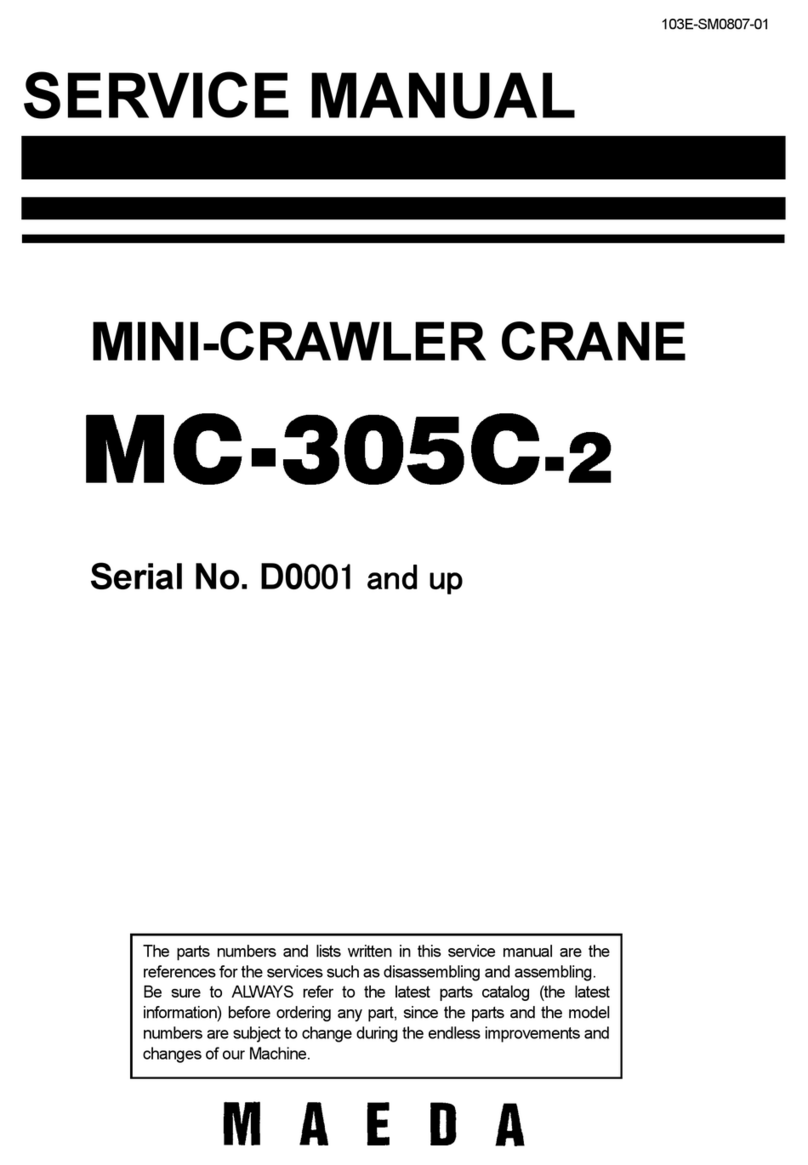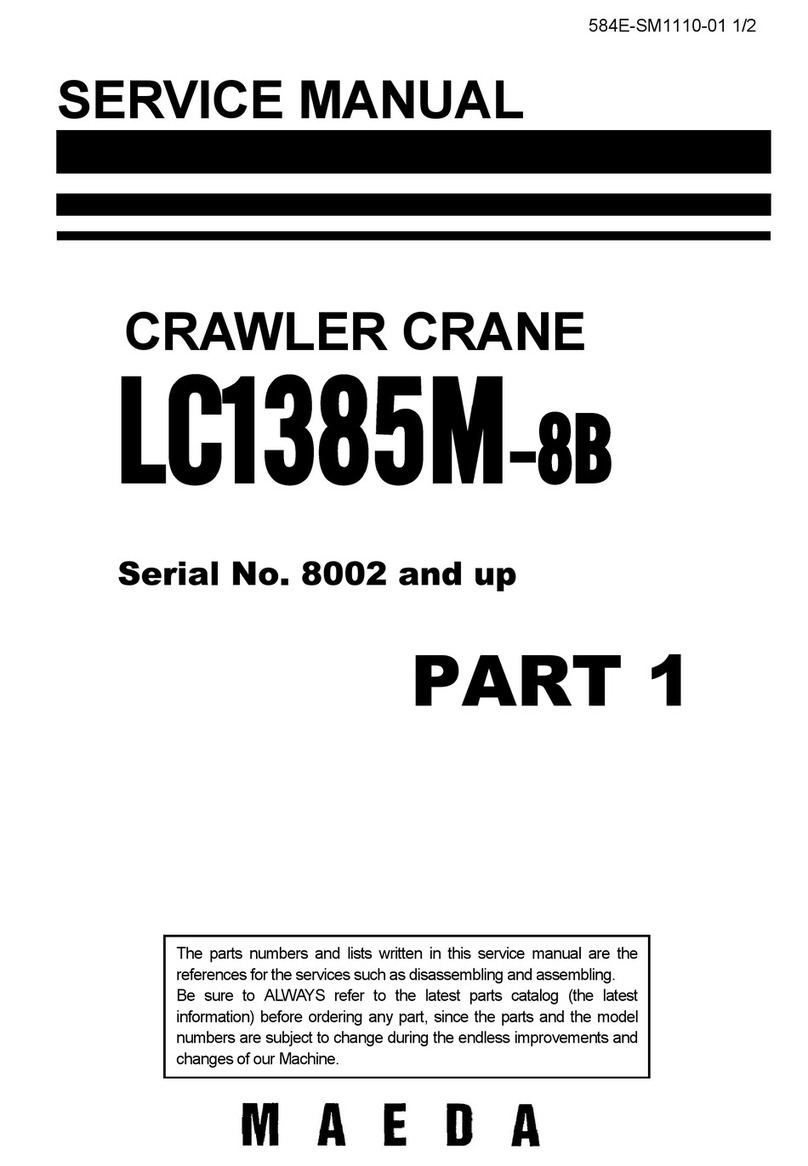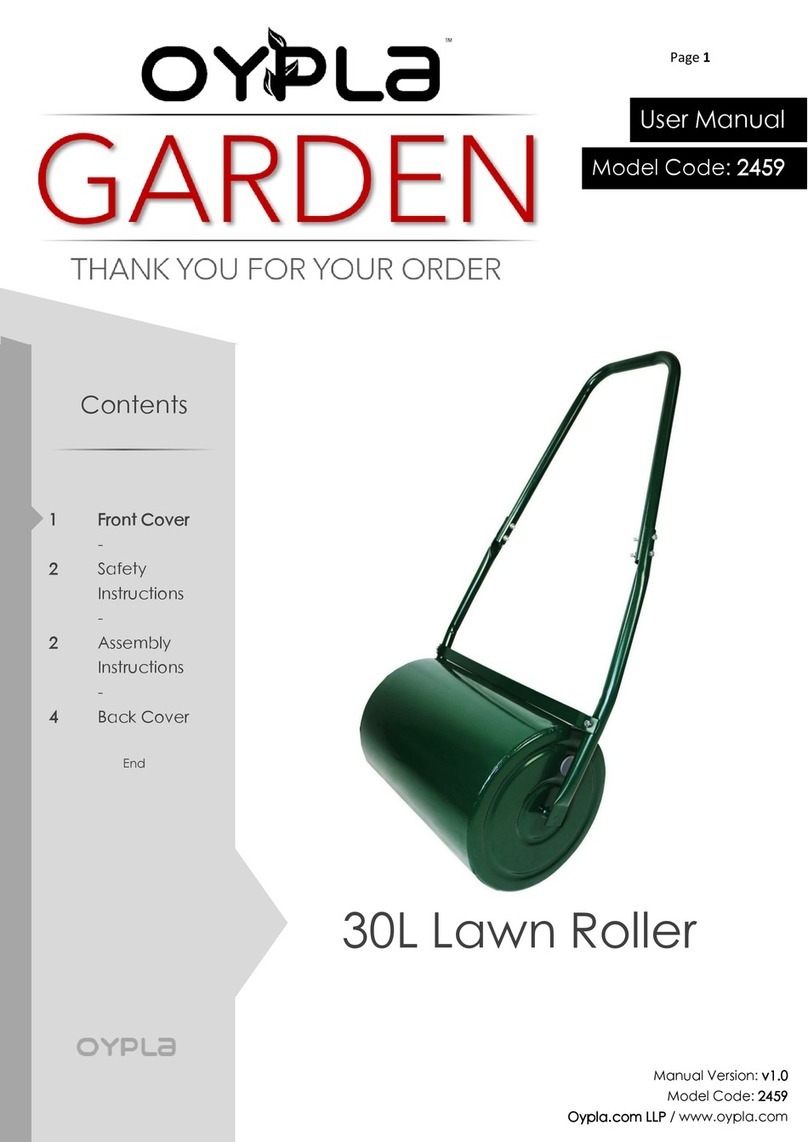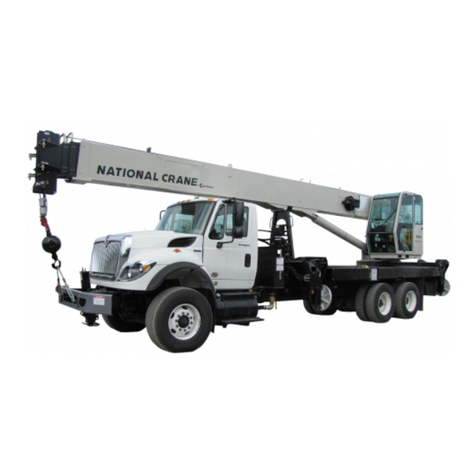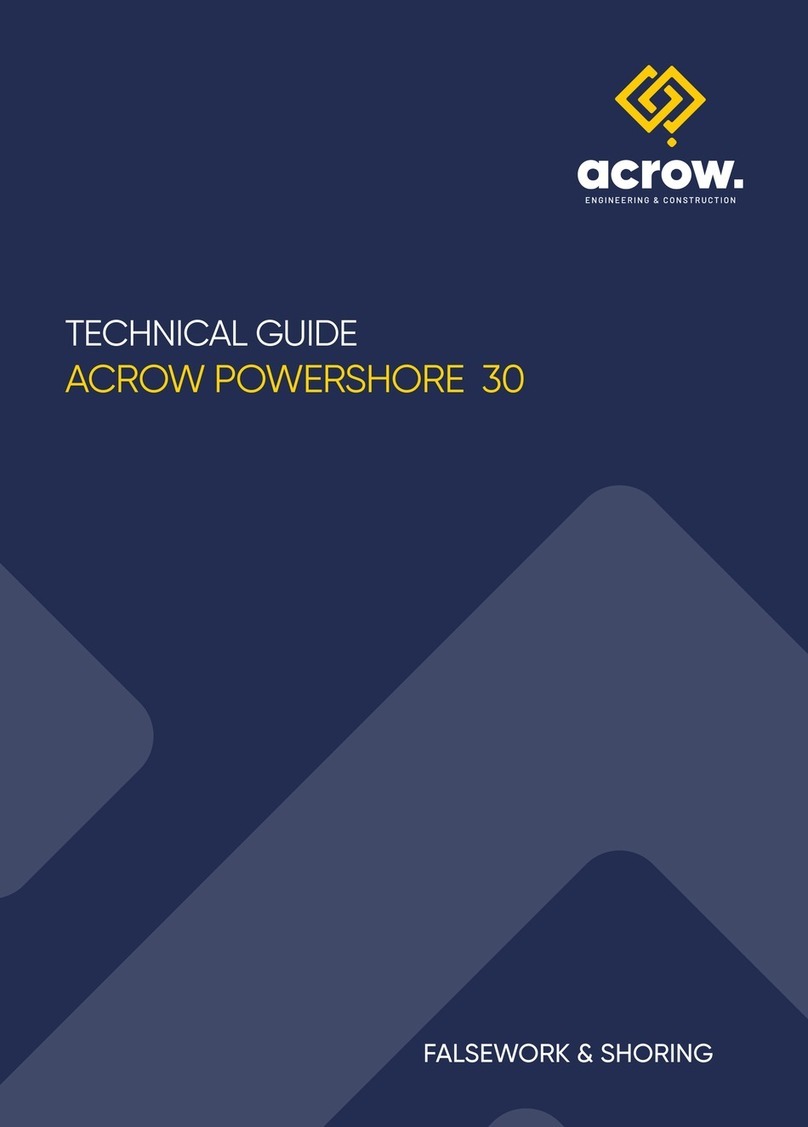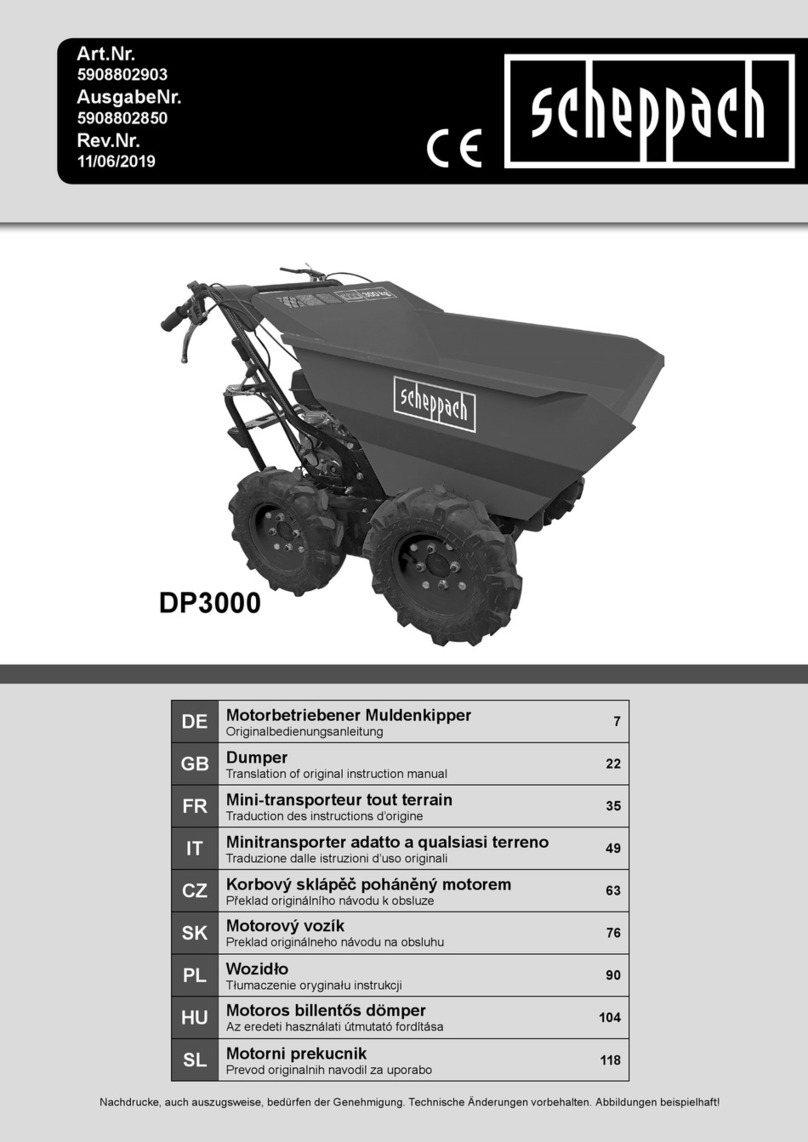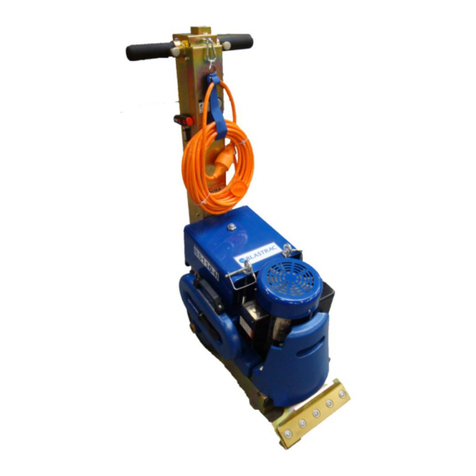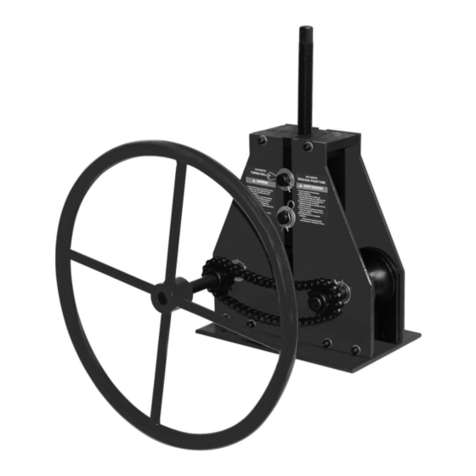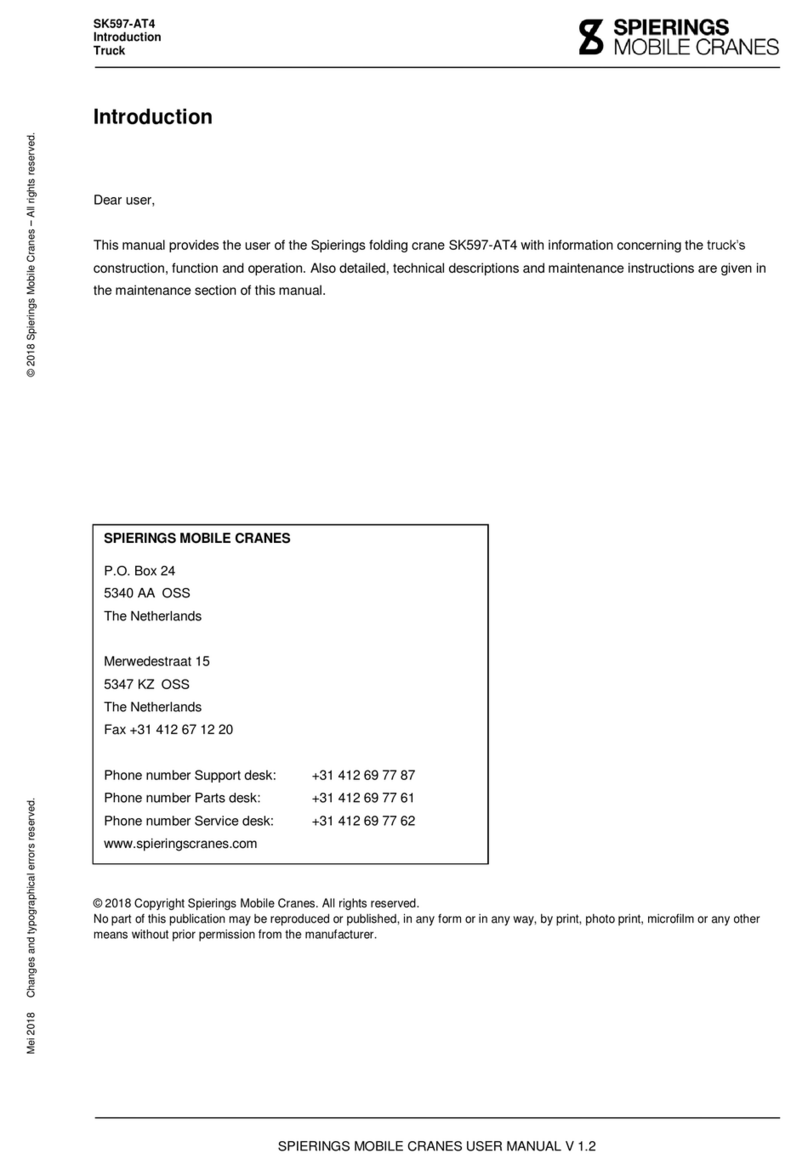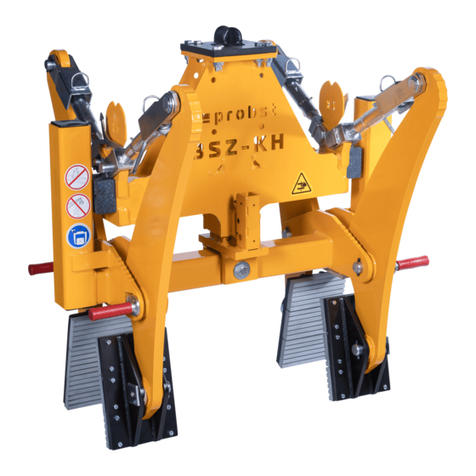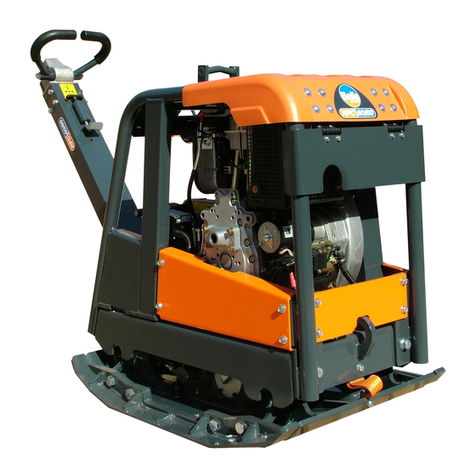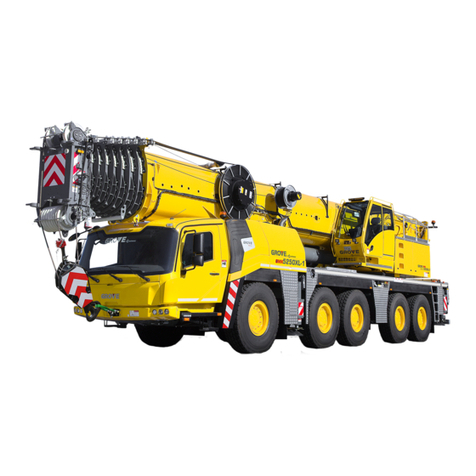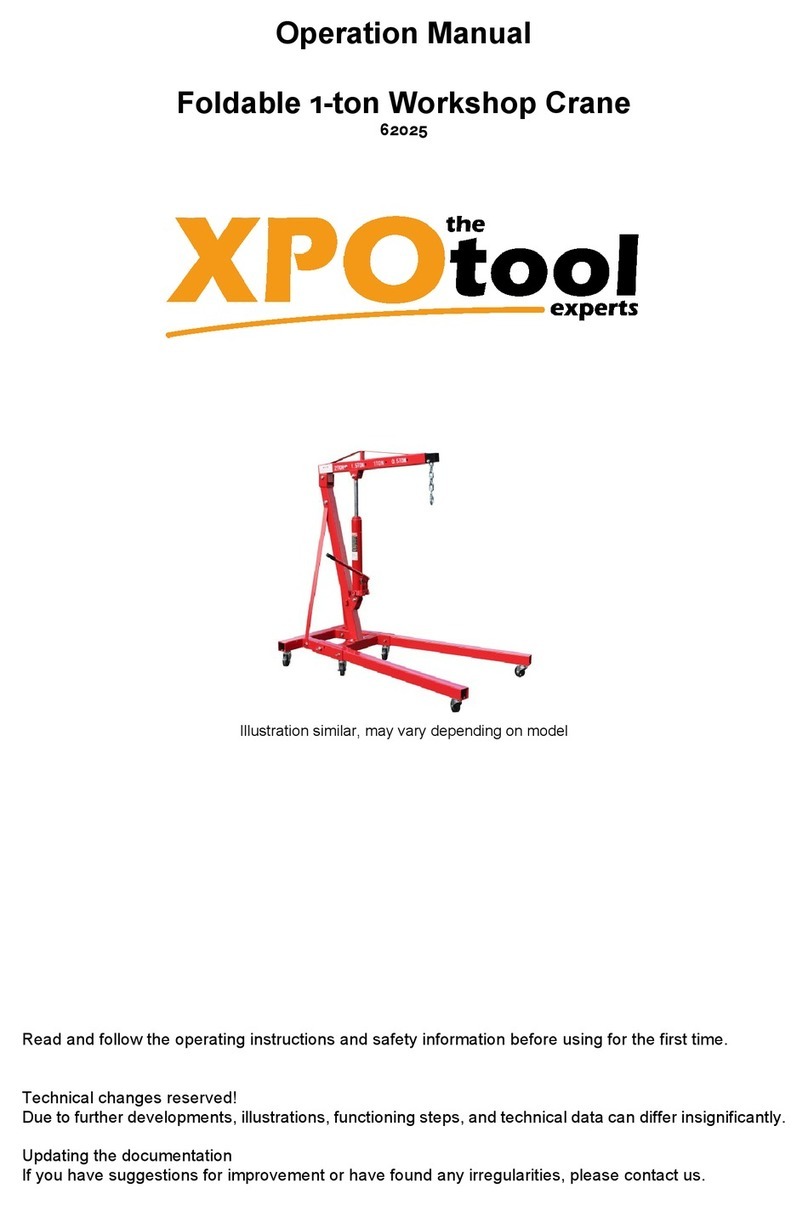Maeda MC-174CRM User manual




















Other manuals for MC-174CRM
2
Table of contents
Other Maeda Construction Equipment manuals
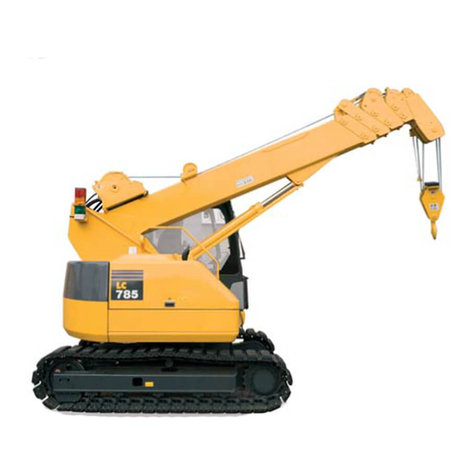
Maeda
Maeda LC785M-6B User manual
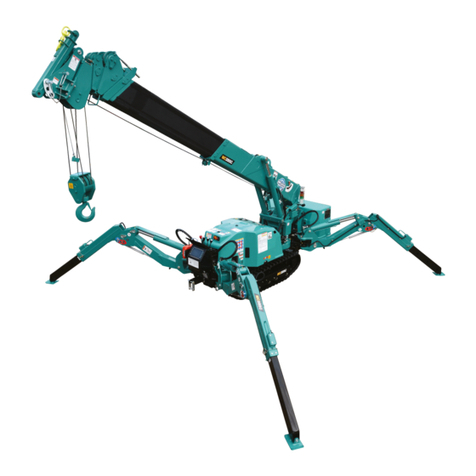
Maeda
Maeda MC-285C User guide
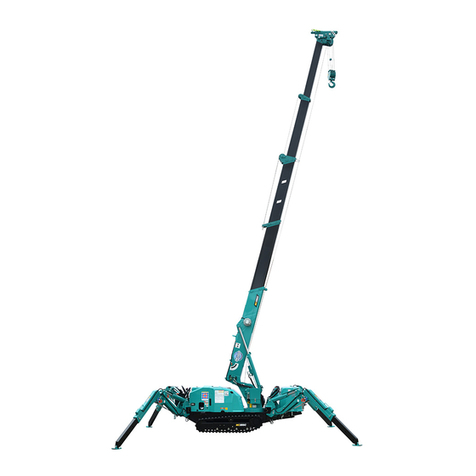
Maeda
Maeda MC285C-3 User manual
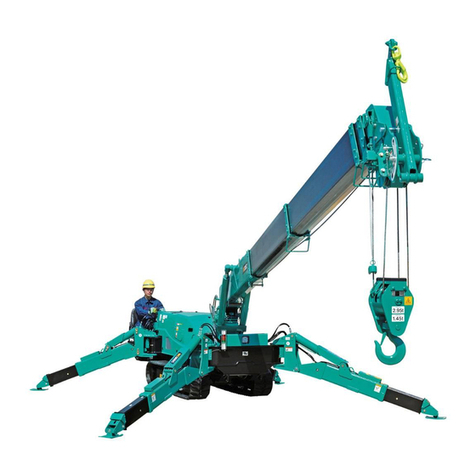
Maeda
Maeda MC305C-3 User manual
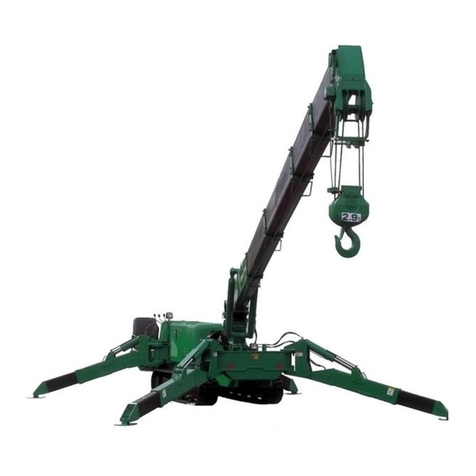
Maeda
Maeda MC-305C-2 User manual
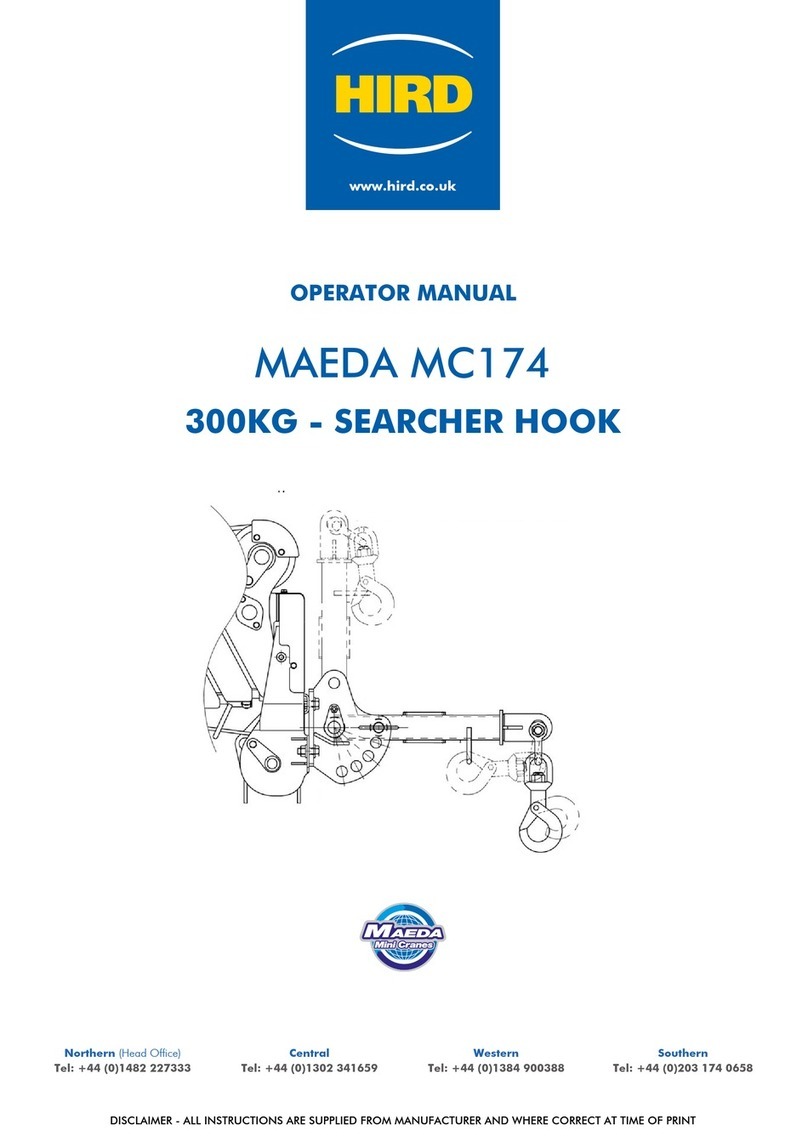
Maeda
Maeda MC174 User manual
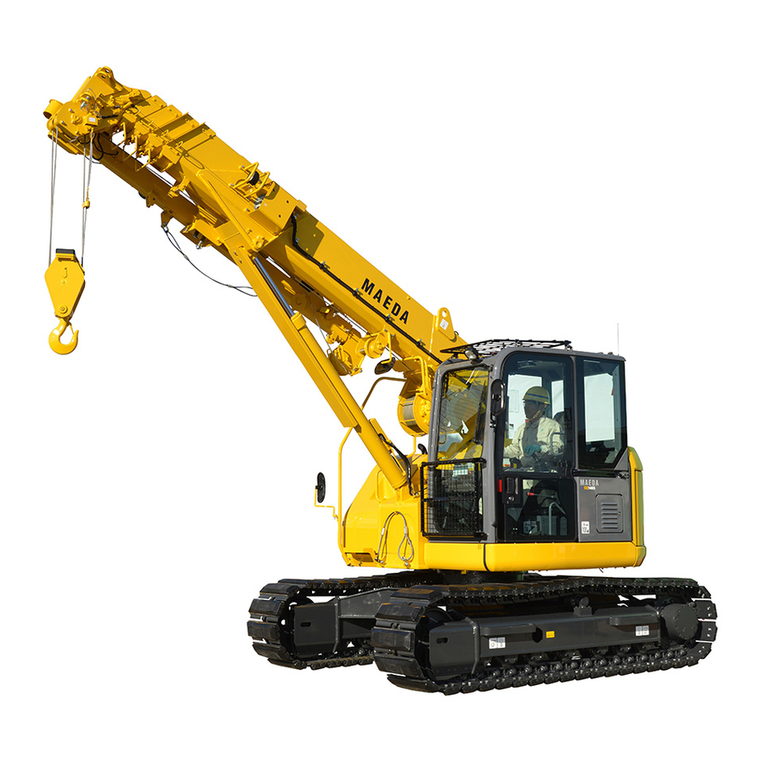
Maeda
Maeda CC1485S-1 Installation manual
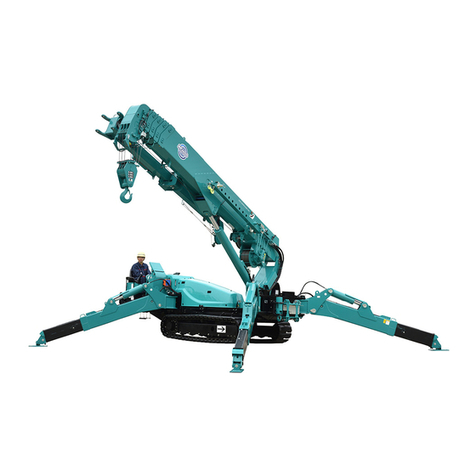
Maeda
Maeda MC815C User guide

Maeda
Maeda MC405C-3 User manual
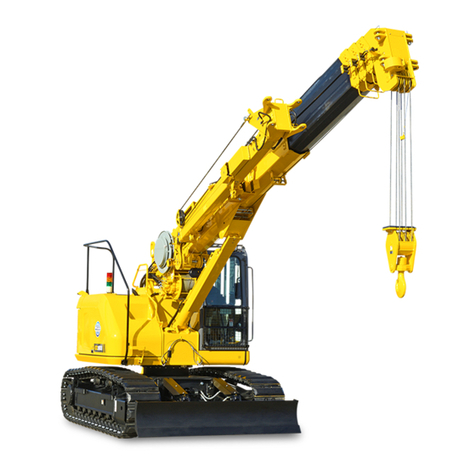
Maeda
Maeda CC1908S-1 User manual
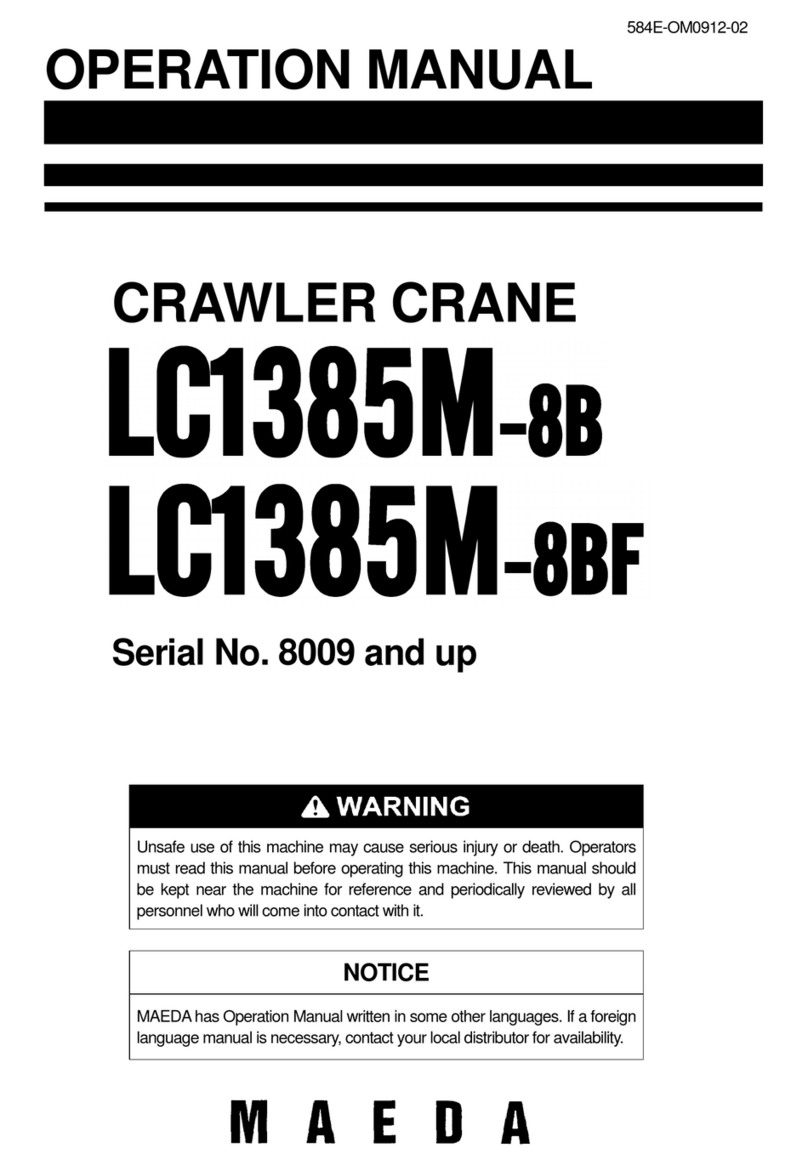
Maeda
Maeda LC1385M-8BF User manual

Maeda
Maeda MC815C User manual

Maeda
Maeda MC285CB-3 User manual
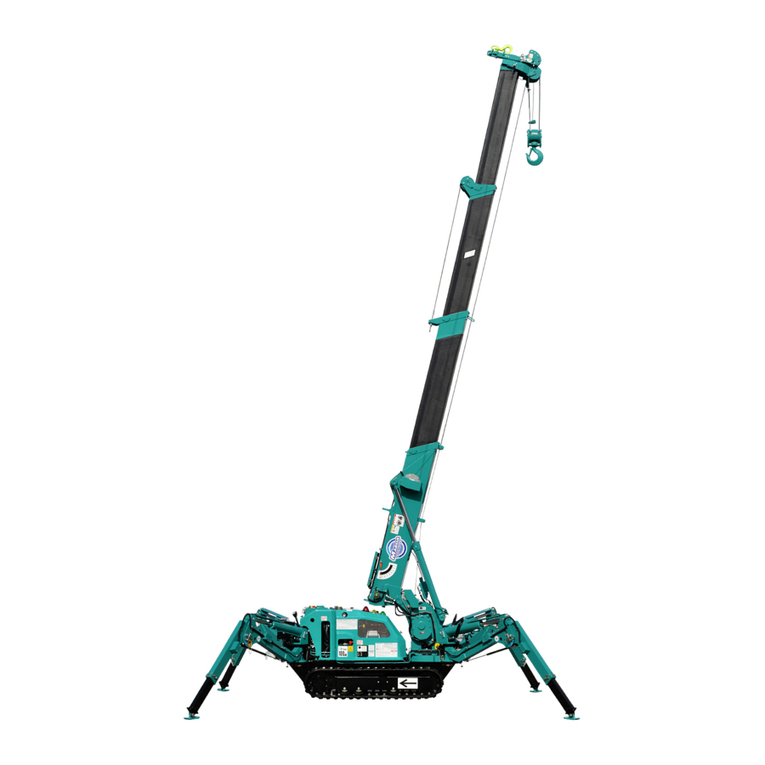
Maeda
Maeda MC-174CRM User guide
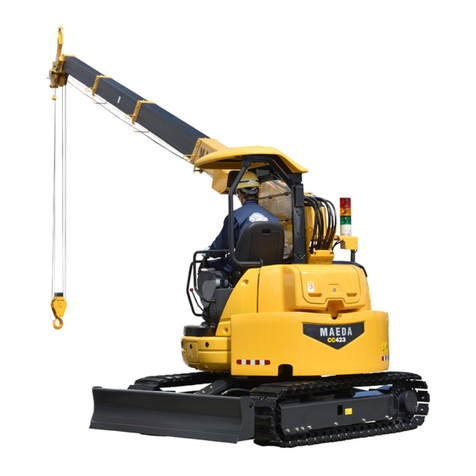
Maeda
Maeda CC423S-1 User manual

Maeda
Maeda MC285C-2 User manual
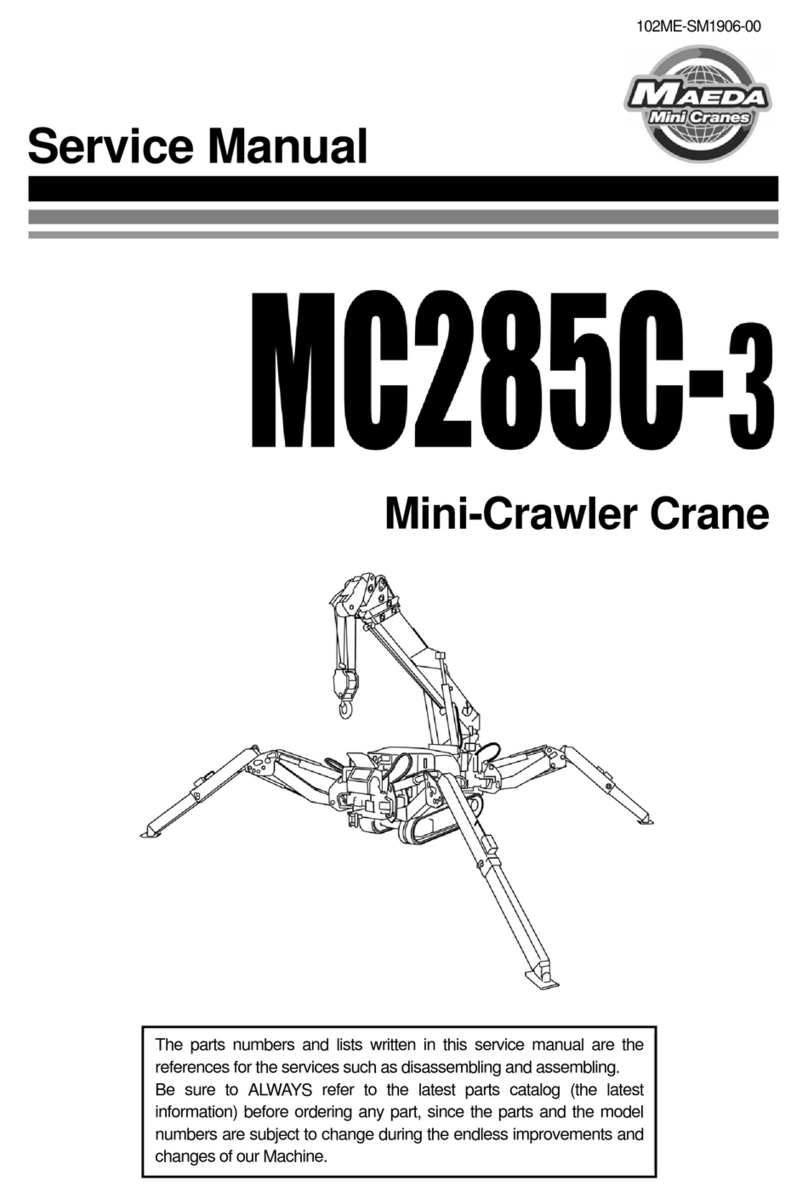
Maeda
Maeda MC285C-3 User manual
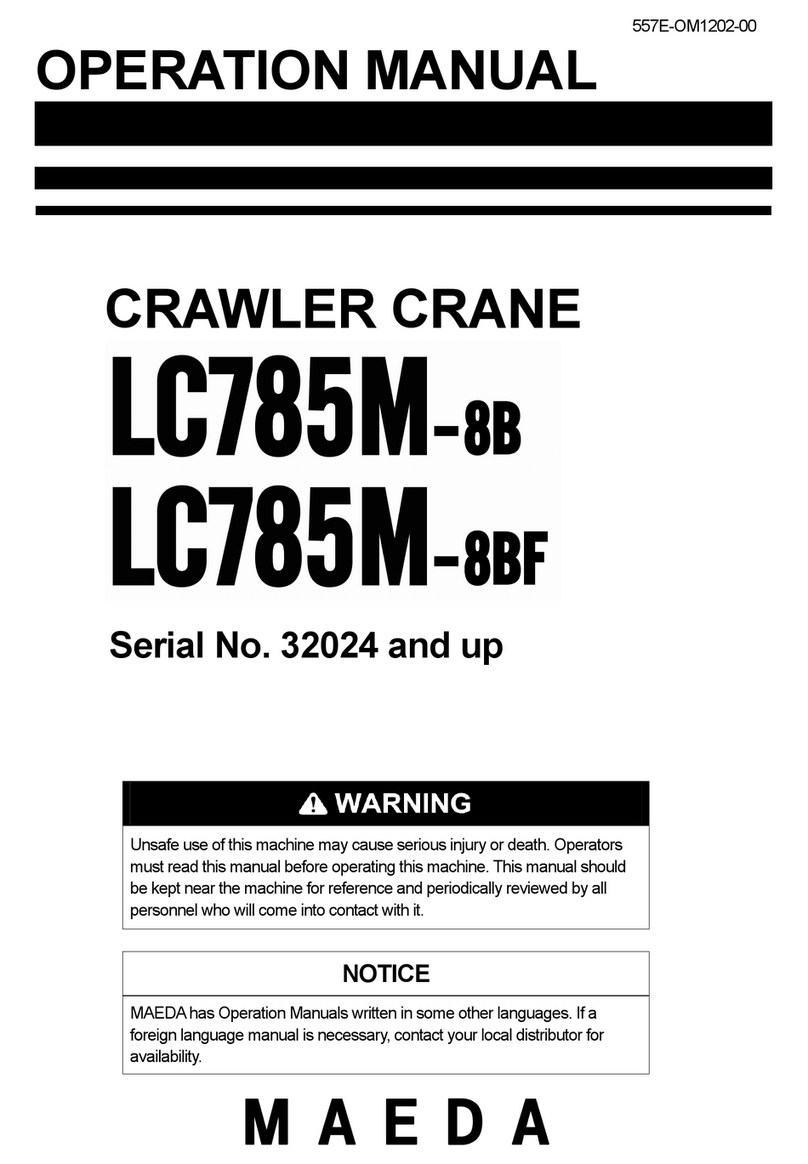
Maeda
Maeda LC785M-8B User manual

Maeda
Maeda CC1485S-1 User guide

Maeda
Maeda CC1908S-1 User guide
Popular Construction Equipment manuals by other brands
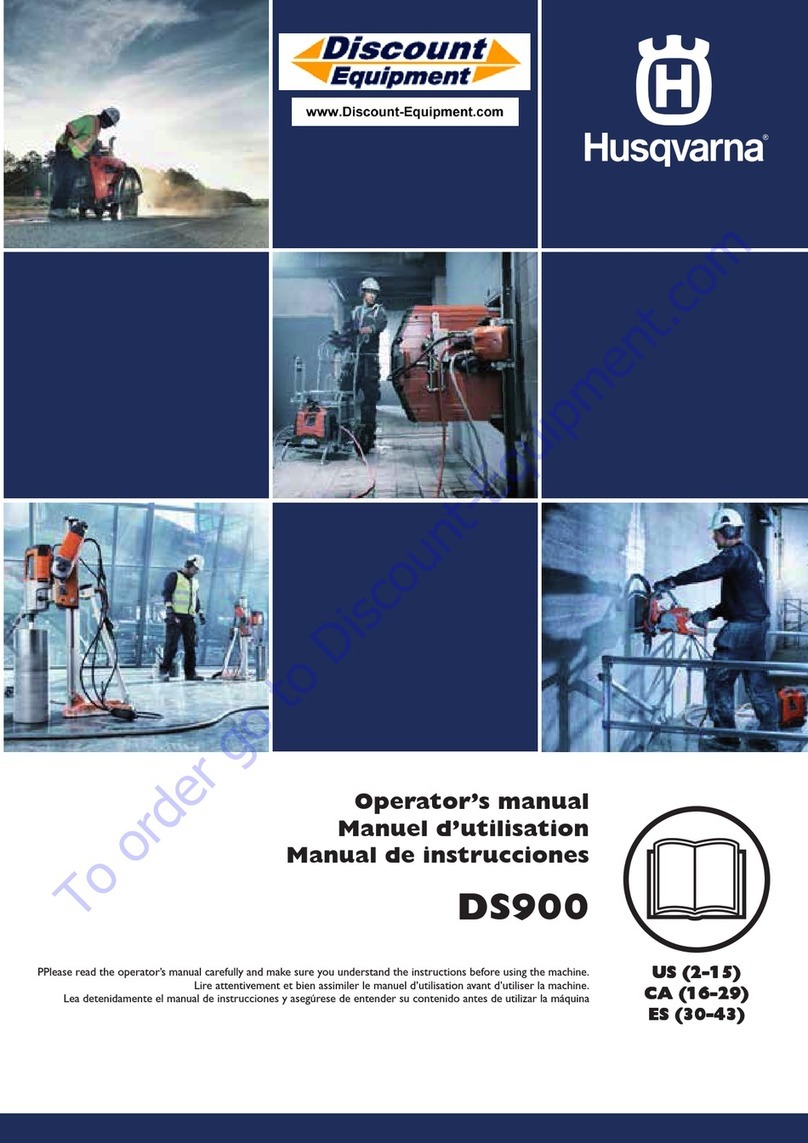
Husqvarna
Husqvarna DS900 Operator's manual
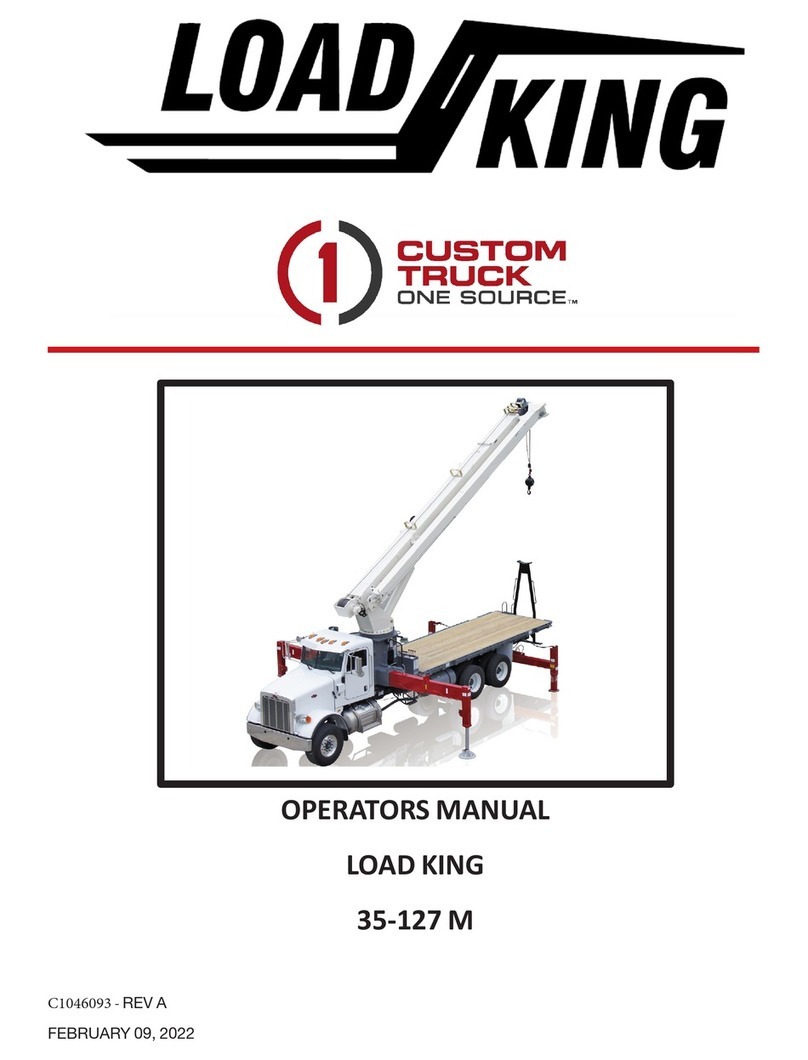
LOAD KING
LOAD KING 35-127 M Operator's manual

Hog Technologies
Hog Technologies HT1000SR Operation manual

Amco Veba
Amco Veba 804 WARNING, OPERATING AND MAINTENANCE MANUAL
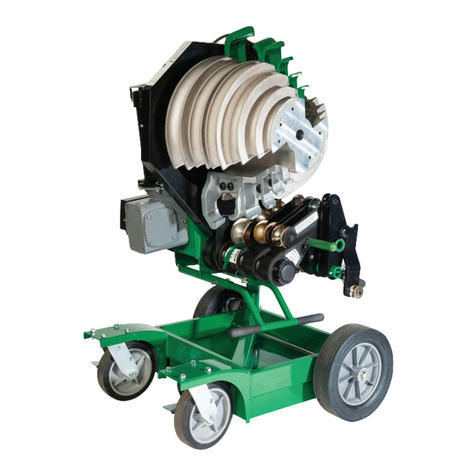
Textron
Textron Greenlee 854DX Service manual
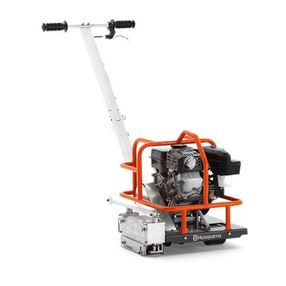
Husqvarna
Husqvarna SOFF-CUT 150 Operator's manual
